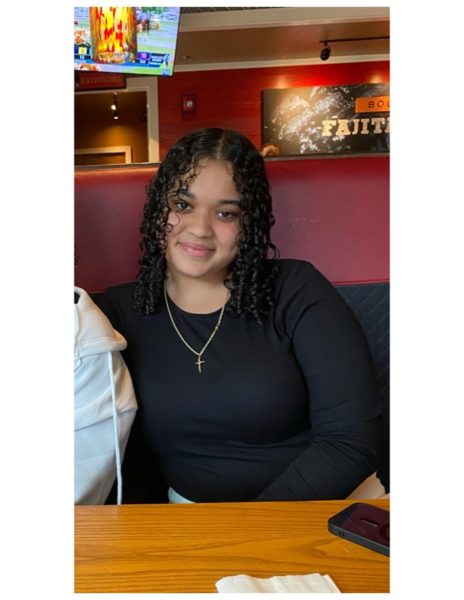Freshman Nicolas Tesler 3D Prints Ear Savers for Nurses
June 13, 2020
In the face of Covid-19, masks have become the new standard for healthcare providers who are still seeing patients. These masks are notoriously uncomfortable, especially having to be worn for many hours at a time. One freshman, however, Nicolas Tesler, decided to take this into his own hands and began 3D printing ear savers that can help nurses.
The ear savers are created by an extensive process that begins with the design phase. The ear savers are designed using a program called Fusion 360. Before printing the ear savers, Tesler resolves any design flaws in order for the ear savers to print properly. Next, Tesler uses software in order to convert the mesh he designed into information that the 3D printer can understand. After this, the ear savers are ready to be printed. Each ear saver takes half an hour to print. If the ear saver is not printed properly the first time, Tesler must modify the process and figure out what went wrong. After printing 20-30 ear savers, Tesler delivers them to nurses at Backus hospital and nurses who need ear savers.
Tesler was inspired to print these ear savers because he has access to unique technology that allows him to help in times of crisis. He initially saw a design for 3D printing online but saw flaws in this means of programming. Due to this, Tesler decided to make his own design that would more effectively print out the ear savers. When asked how these masks have helped people, Tesler replied, “The ear savers have allowed nurses to forget they have a mask on and allow them to avert injuries caused by wearing the masks all day.” Tesler went further to upload his design online to allow other users to print more effectively.








